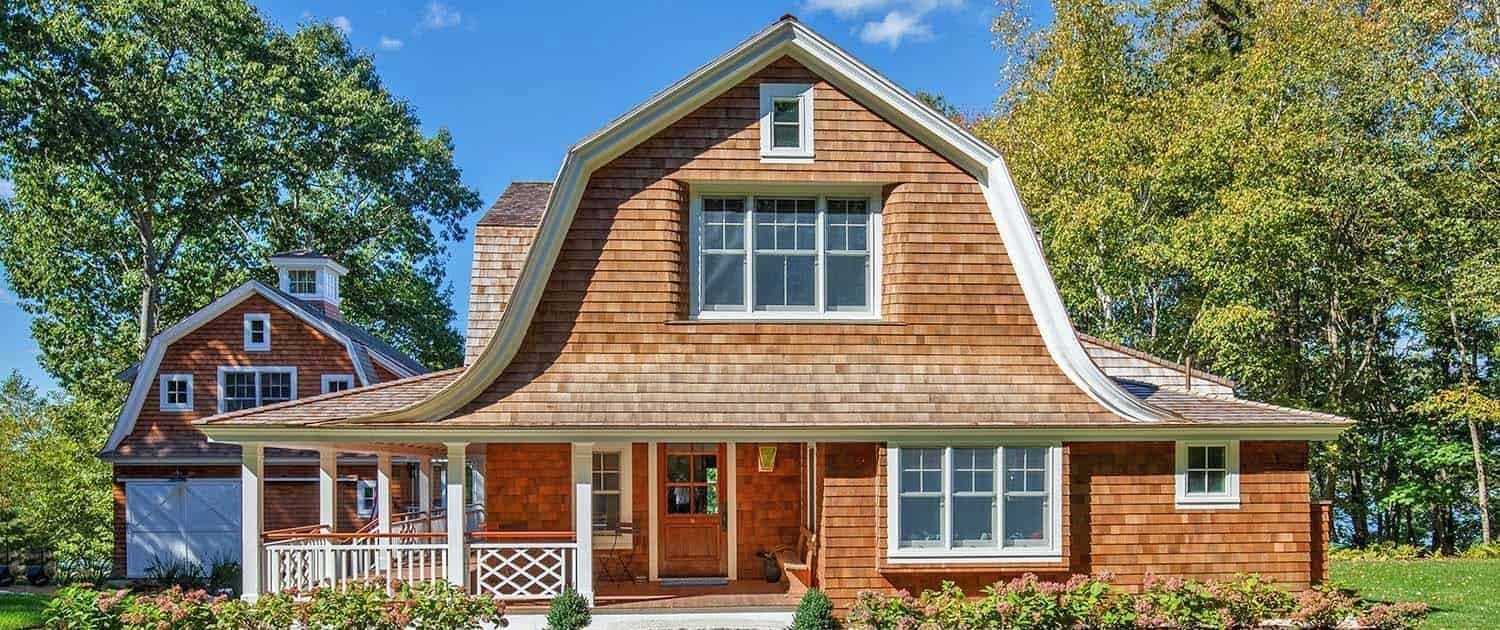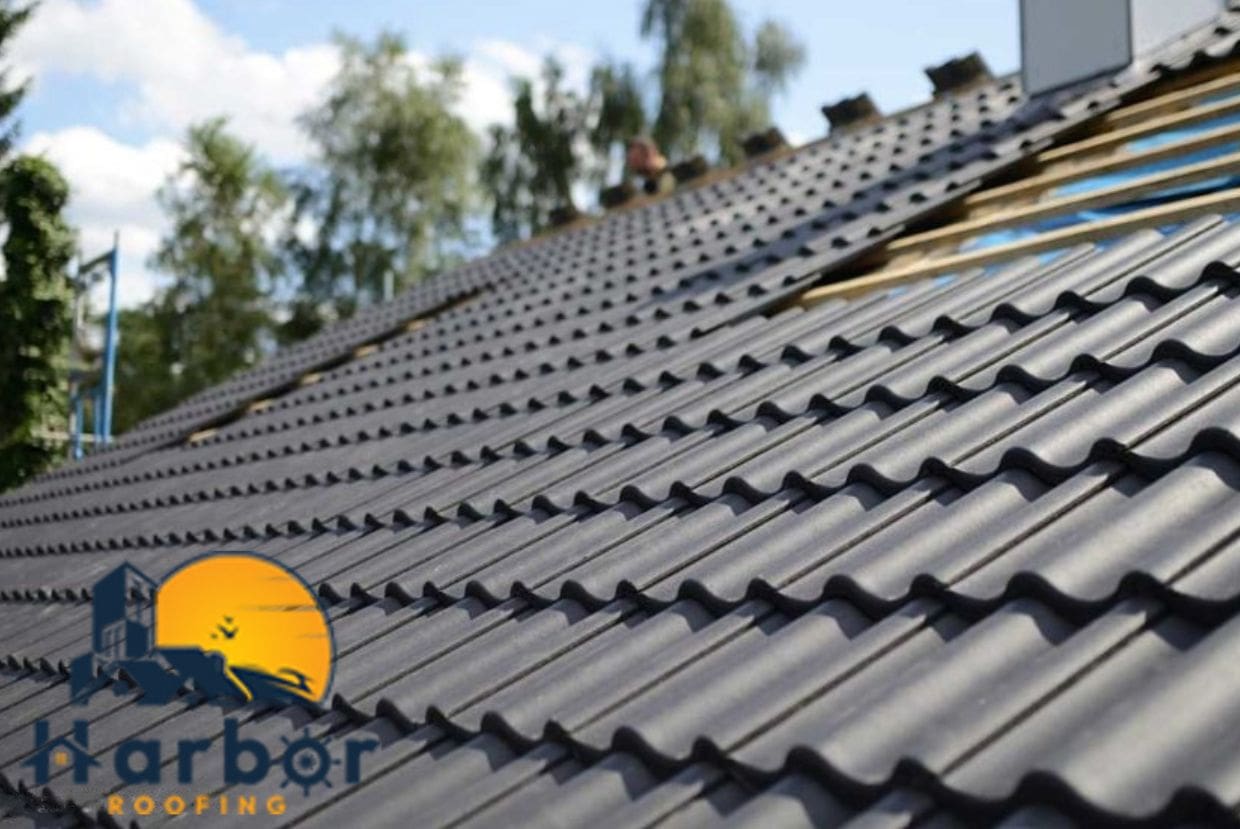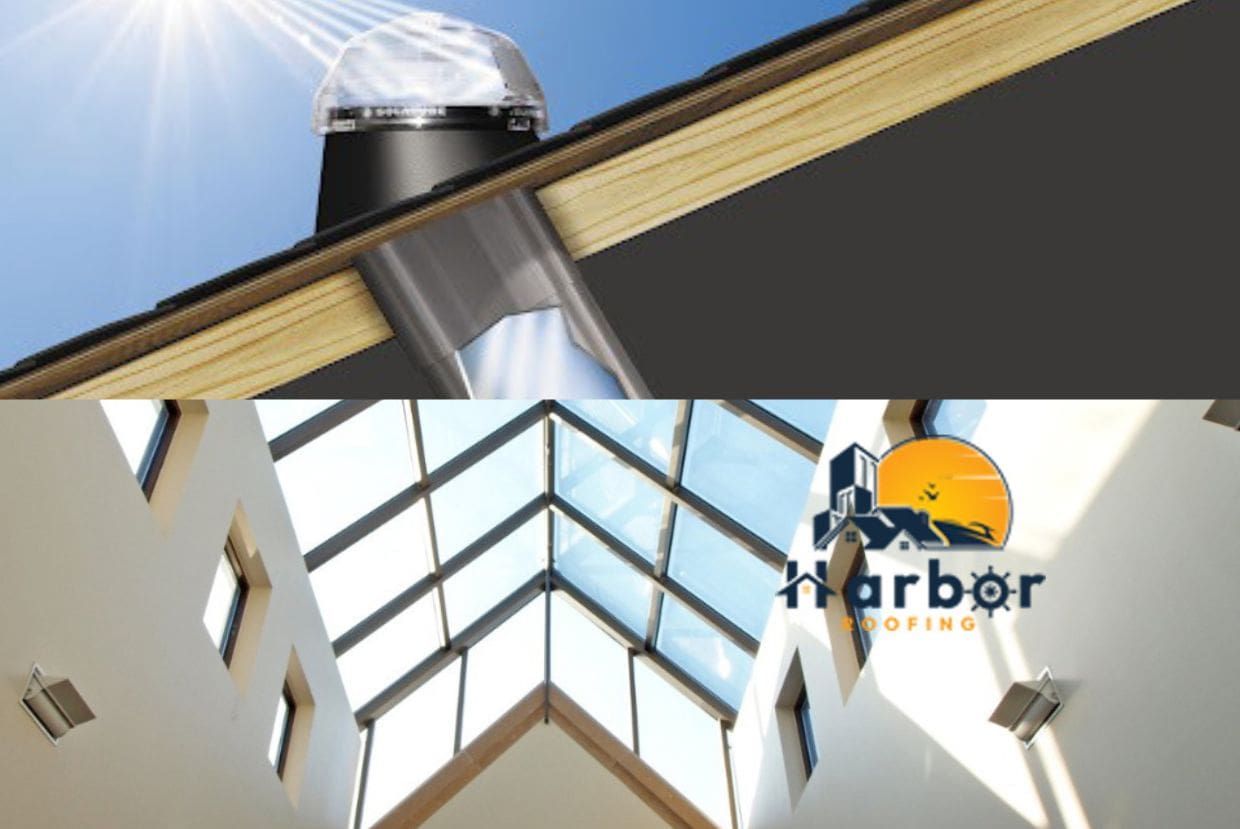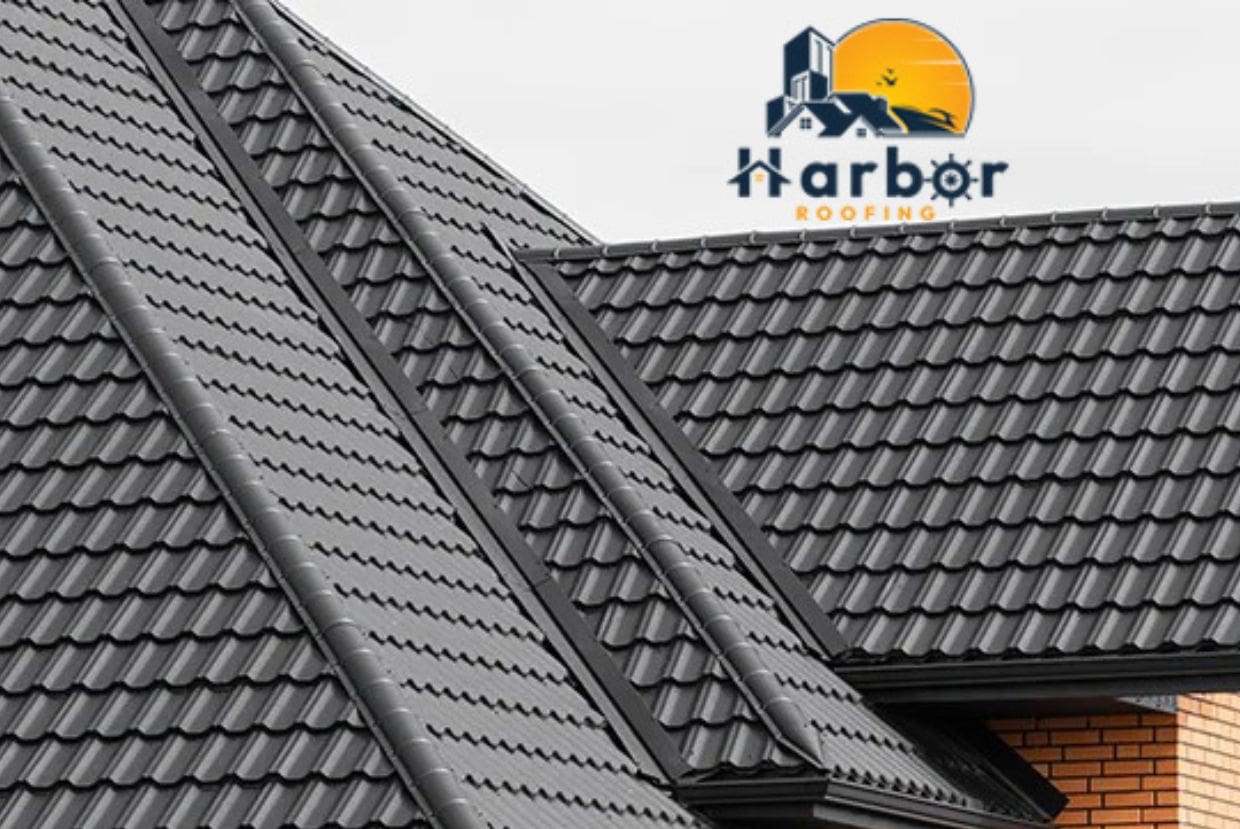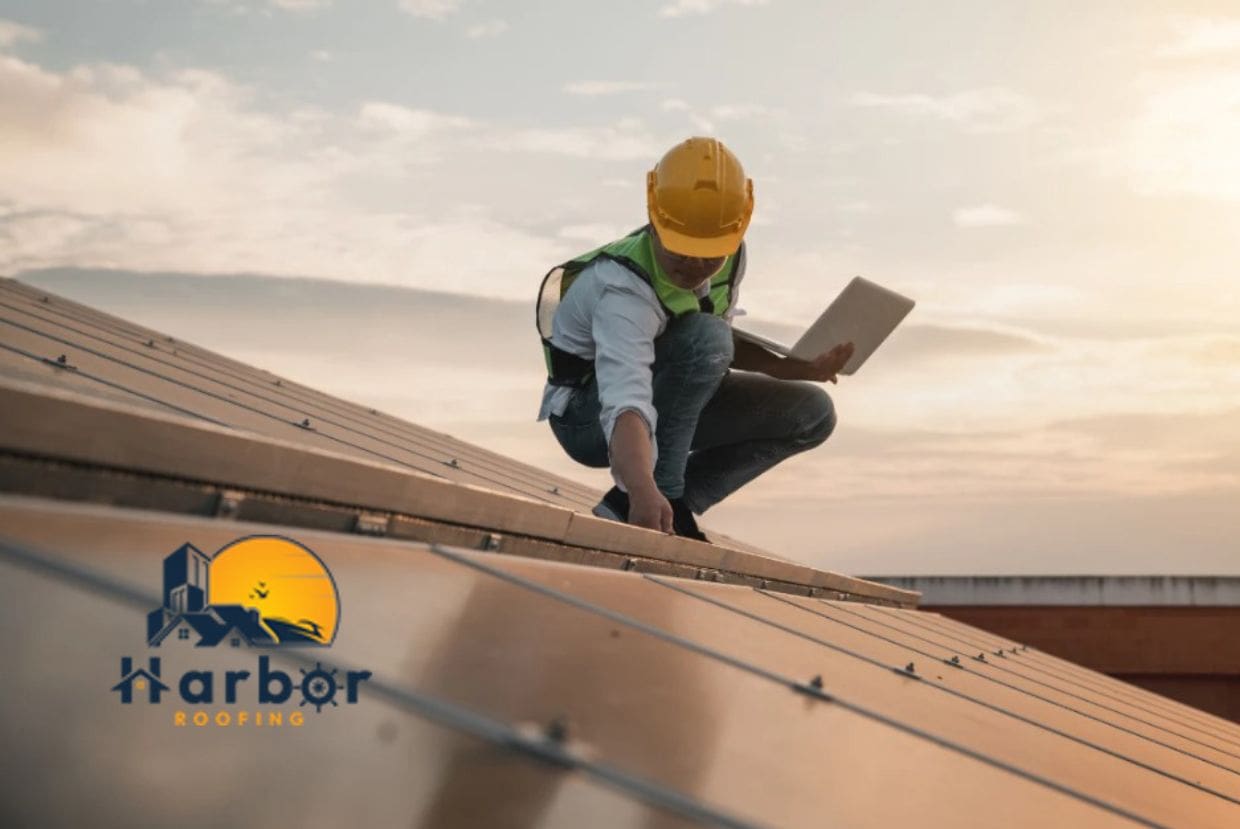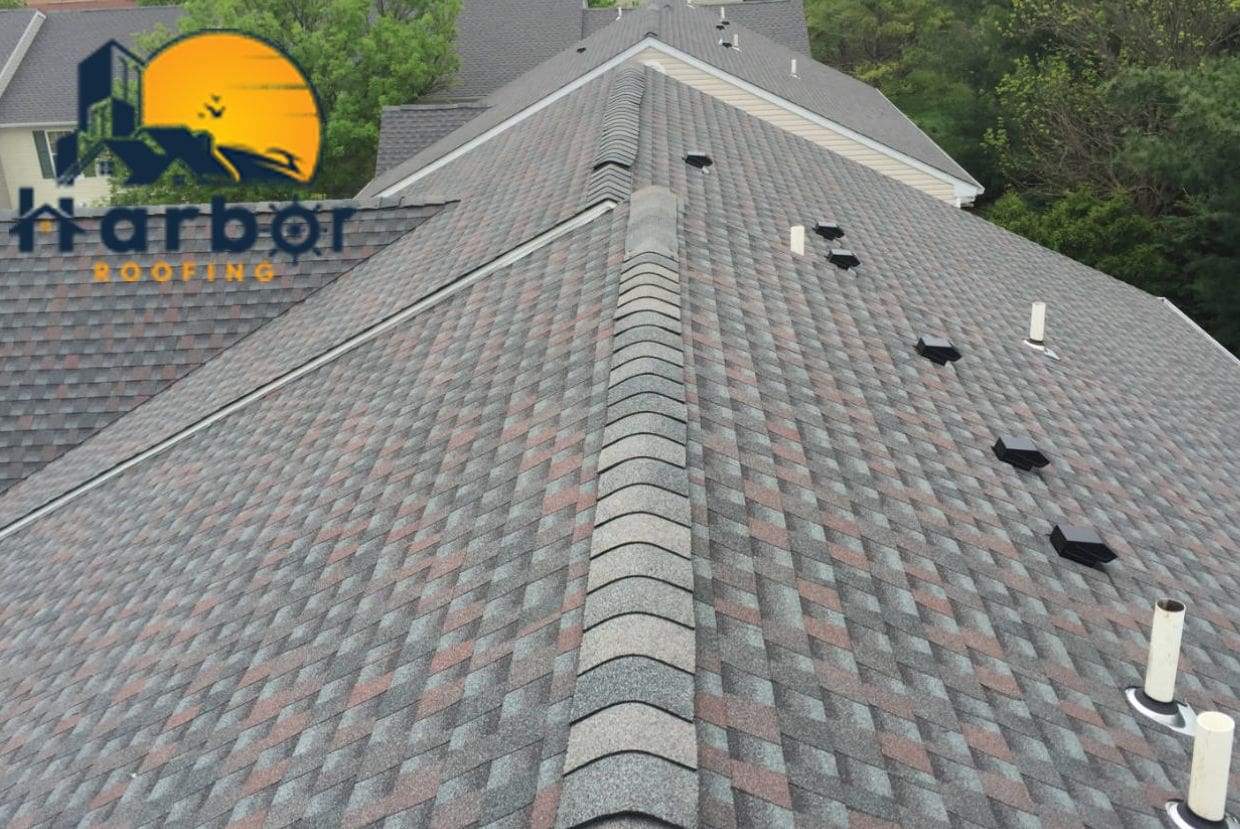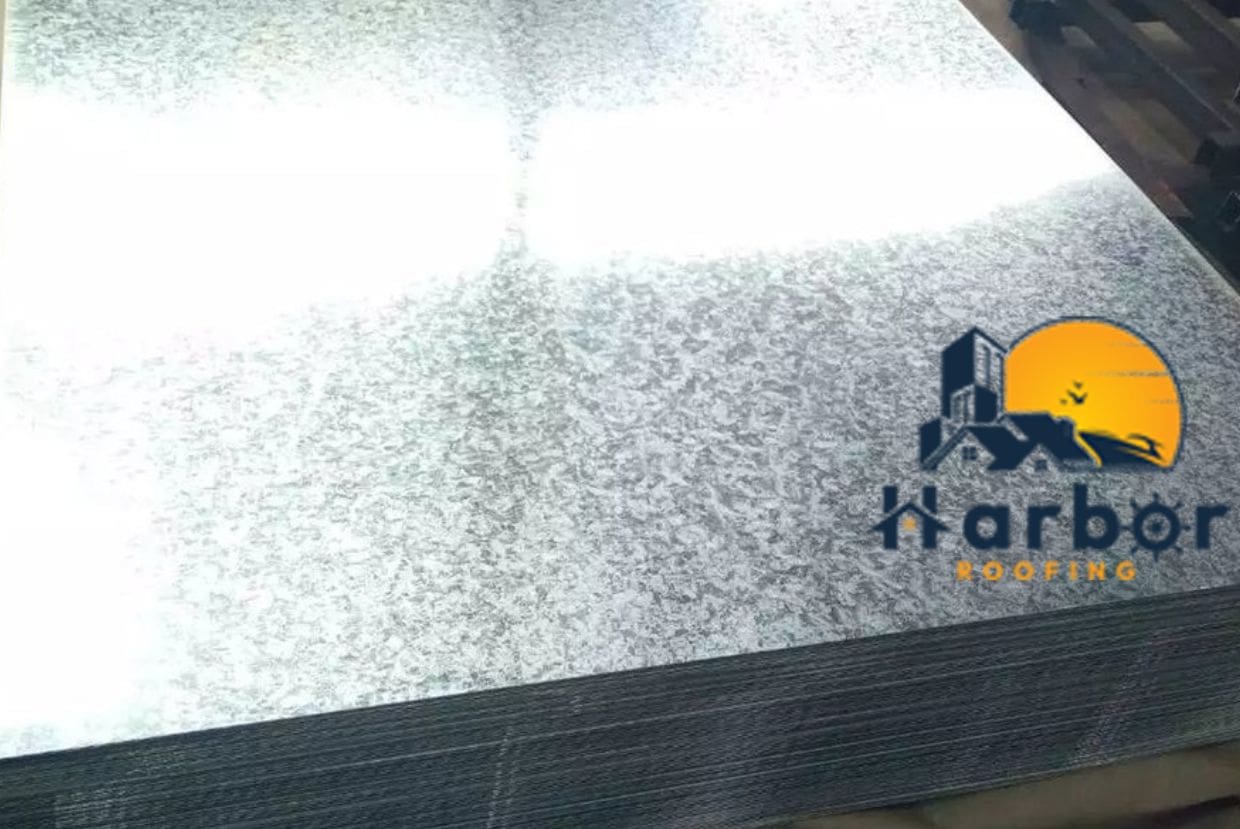A gambrel roof, sometimes just called a “gambrel,” is a two-sided roof with two slopes on each side and straight gable ends. The slope of the top slope is less steep than the slope of the lower slope.
Here’s one interesting fact about this roof: it got its name from the Latin word “gamba,” which means “horse’s hock” or “leg” in medieval times. In America, this style was often used for barn and home roofs. To find out more interesting facts, keep reading!
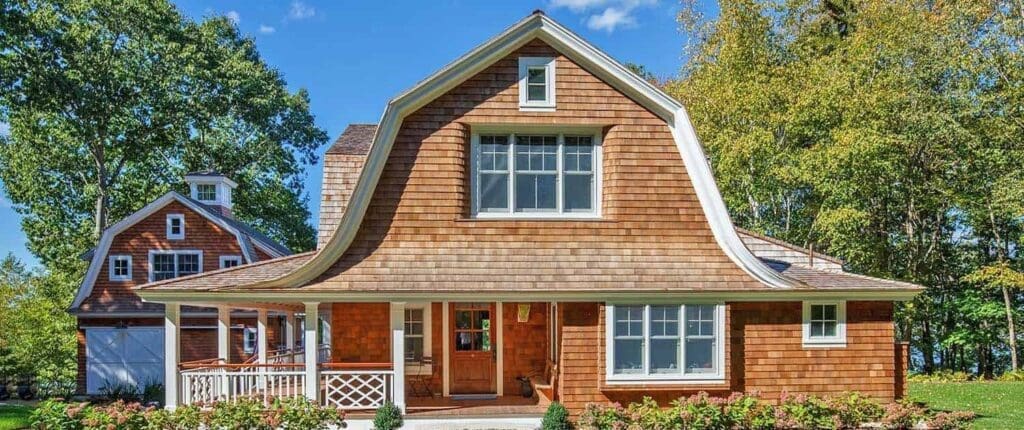
What Is a Gambrel Roof?
A gambrel roof is one that has two sets of identical slopes on each side. The rise at the top is relatively steep, but the slope at the bottom is very steep. It looks like a Mansard roof but doesn’t have a hip. Instead, it has straight gable ends. A mansard, on the other hand, doesn’t usually hang over the front of the house.
In the United States, gabled roofs became popular in the late 1600s. At the time, they were seen as a new and interesting feature for homes. Builders put them on Dutch Colonial-style homes, but Georgian-style homes and farmhouses also used them all the time.
The style of this roof type you desire will determine the kind of material you use for it. Any type of shingle, whether paving, wood, or slate, will work. You can also put up a gambrel roof made of metal.
History of Gambrel Roof
No one knows for sure where this roof design came from in America, but people think that the Dutch brought it with them. In the United States, it was first called a “Dutch roof.” From the 1600s to the 1800s, this style was trendy and used on business and home buildings. The second Harvard Hall at Harvard University, built in 1677, has the oldest roof of this type that we know of.
This roof style is becoming more popular because country-style buildings are so popular now. This style focuses on giving the inside of buildings a rustic, country look. It feels warm and cozy but has a trendy look. The modern farmhouse style has all the comforts of home with a historical or rustic look.
Types of Gambrel
- Asymmetrical: Asymmetrical gambrels are a type of roof structure in which one side is extended outward to create an extra room or outdoor area. Sometimes, when square footage is at a premium, a gambrel roof will have one double-sloped side and one single-sloped side.
- Classic: The traditional American gambrel roof has no hips and has a symmetrical layout of two gables and two double-sloped sides. Typically, this roof will extend outward by a small margin from each of the building’s four sides.
- Mansard gambrel: A mansard is a particular type of gambrel roof with four sides instead of the more common two. The term “mansard” was once used interchangeably with “gambrel” by architects. American architects didn’t differentiate between the hipless, two-sided gambrel and the hipped, four-sided mansard with its characteristic dormer windows until much later. Both styles of roof have double-sloped sides.
- Wall-supported gambrel: The roof of a wall-supported gambrel does not extend past any of the walls. Instead, the roof meets the walls at an angle at each intersection. Homeowners can save time and money by using a wall-supported gambrel instead of building eaves.
Pros and Cons of Gambrel Roof
Pros
- Extra space: The ability to build a loft close to the rafters has made gambrel roofs a popular choice for barn homes. When you attach a gambrel to a wall, its closely vertical slope creates a nearly full-sized room rather than a confined attic.
- Versatility: One of the best things about a gambrel is its adaptability to various architectural styles. You can add a gambrel roof to your home, and it won’t look out of place if it’s in the Georgian or Dutch colonial style. The roof has a peak that is nearly vertical and provides additional headroom if a second story is desired.
- Affordability: You know what makes this roof style a popular choice among homeowners? It is not expensive to construct and is easy to maintain. Therefore, gambrels continue to be a popular choice among frugal homeowners.
- Uncomplicated design: The elegance of a gambrel lies in its uncomplicated design. The gambrel form avoids complicated joints like valleys and hips that add cost and complexity to other roof types. Carpenters agree that this roof is one of the simplest roof styles to construct.
- Aesthetics: The visual beauty of gambrels makes them highly valued by prospective homeowners. Its understated elegance adds character to any building and makes every property feel more like a home.
Cons
- High maintenance: To ensure there are no problems or damages, routine maintenance is necessary, such as annual roof inspections. If you want a roof that needs little upkeep, this could be a problem for you.
- Low resistance: A gambrel roof isn’t your best bet if you reside in a location prone to severe weather. Snow and wind can impose pressure on your building, increasing the likelihood of cracks and leaks if they occur frequently. However, suppose this roof is what you really want. In that case, you’ll need to take extra care to waterproof the ridges and reinforce the connection gussets.
- Poor ventilation: If your home has an attic, moisture may accumulate due to ventilation problems caused by a gambrel roof.
Gambrel vs. Gable Roof
Gable roofs are among the simplest styles popularized in France throughout the Renaissance and Baroque periods. It’s the standard triangle shape for houses in children’s artwork. With its structure, water may quickly drain away. Gable roofs are not susceptible to snow buildup because of their steep angles. They’re also among the cheapest to create and replace.
The structure of a gambrel roof is similarly uncomplicated. Like a gable, they taper to a point, but their sides are double-sloped. These roofs have the space-saving benefits of a gable but have a more ornamental appearance.
Water flows off a gambrel roof quickly and easily. However, they permit snow to accumulate because of their flat tops. This may be too much weight for the roof in the worst-case scenario.
They arrive at the construction site already assembled, saving time and effort. Gambrel roofs are more expensive than gable roofs because they cover somewhat more square footage.
Gambrel vs Mansard Roof
Many often mistake a gambrel for a mansard roof. But they are different styles that you can tell apart if you know what to look for. A gable roof and a gambrel roof have an angled roof on two sides of the house. The only difference is that the gambrel roof has two slopes on each side instead of one.
There aren’t many homes with gambrel roofs, but barn houses have them. Instead of just two sides, a mansard roof covers all four sides of the house. This is different from a gambrel roof, which only covers two sides.
Conclusion
It’s true that gambrel is a stunning roofing option, but it’s essential to consider all of your choices. Roofing materials should be long-lasting and trouble-free. Gambrels are a beautiful and functional addition to any building. All you have to do is hire reliable roofing contractors to install it correctly with top-notch materials.
Do you think a gambrel roof is your best option now that you know all about it?
Frequently Asked Questions
How long does a gambrel roof last?
If a professional installs your gambrel roof, it can last for a hundred years. However, its durability will diminish if a professional does not correctly install it or if it is improperly designed, constructed, maintained, and exposed to the appropriate climate.
What kind of buildings use gambrel roofs?
Gambrel roofs are commonly found on large barns and outbuildings. Dutch Colonial architecture typically features gambrel roofs. Some older farmhouses, mansions, and Georgian-style homes also feature them.
What’s the difference between a gambrel and a mansard roof?
Mansard roofs, often called curb roofs, are distinctive for the rounded corners at each of their four sides. The slopes of a gambrel roof are mirror images of one another on opposite sides. A gambrel roof is simpler to construct than a mansard one.
How do you install a gambrel roof?
Roofing experts put these roofs together by putting similar trusses across the whole roof. How many trusses you need depends on how big your roof is. Most of the time, trusses are 16 inches apart from the center.
Sheathing made of plywood or OSB (an engineered wood panel) is put on the outside of the beams after they have been put in place. On top of the sheeting is the roof system, which comprises shingles, an ice and water guard, and an underlayment.
